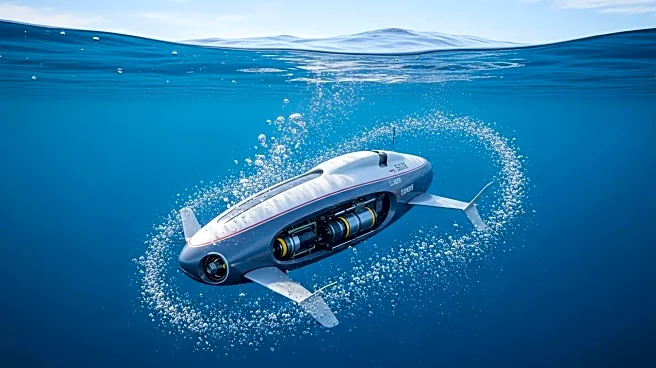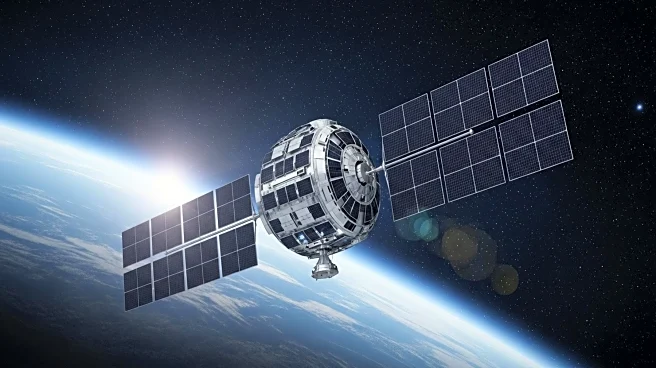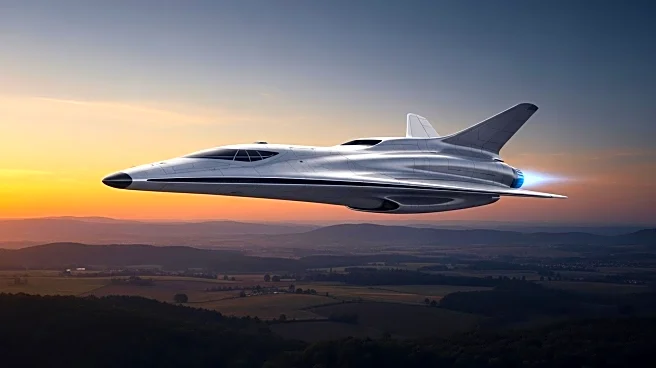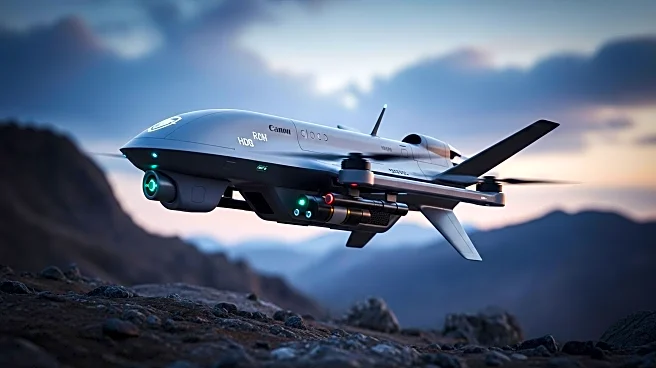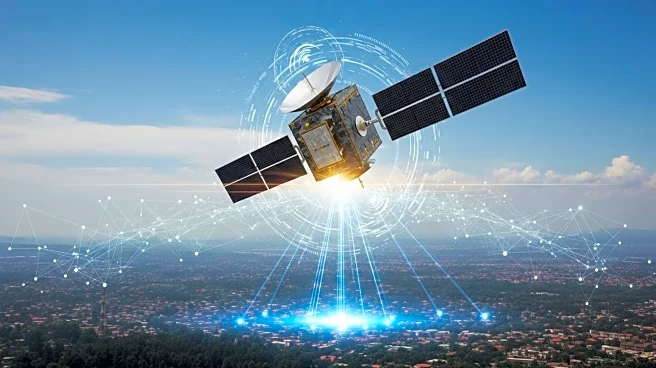What's Happening?
The Royal Navy is set to prioritize uncrewed vessels over crewed options in its fleet rebuild, according to Gen. Gwyn Jenkins, the U.K.'s First Sea Lord. This strategic shift aims to enhance the Navy's war-fighting readiness and position the U.K. at the forefront of autonomous maritime warfare. The plan includes developing a hybrid air wing and replacing aging Type-23 frigates with Type 26 frigates by 2035. The focus on unmanned systems is part of a broader effort to increase fleet lethality, agility, and resilience.
Why It's Important?
The move towards unmanned systems represents a significant evolution in naval warfare, potentially increasing operational efficiency and reducing risks to personnel. This strategy aligns with global trends in military innovation, where autonomous systems are increasingly seen as vital for maintaining strategic advantage. The U.K.'s emphasis on unmanned capabilities could influence defense policies and procurement strategies in allied nations, including the U.S., as they collaborate on shared security objectives.
What's Next?
The U.K. Navy's transition to unmanned systems will involve extensive research and development, with potential collaborations with international partners. The implementation of this strategy will be closely watched by defense analysts and policymakers, as it may set a precedent for future naval operations and technological advancements.
